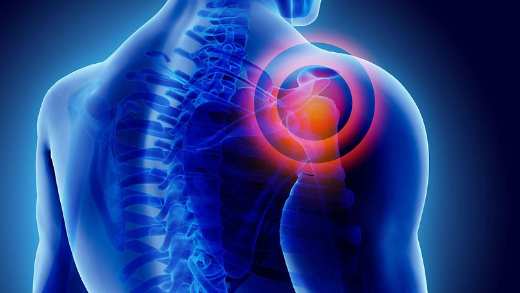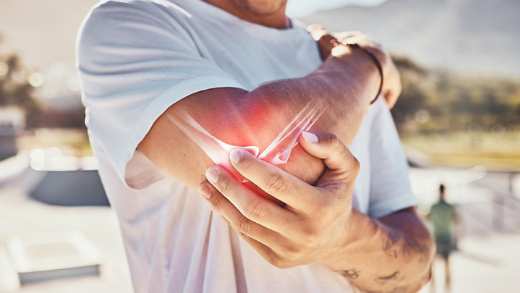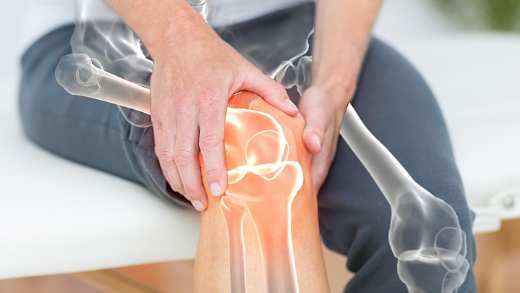Lower and mid-upper back pain are very common problems. In 2023/2024, 43% of British workers self-reported work-related musculoskeletal disorders of the back Footnote [1]
The majority of new episodes of back pain get better within a few days. IPRS Health, a provider of Occupational Health and Rehabilitation services, believe that knowing the facts can help you to recover more quickly.

Is your back pain a new development?
If you've recently developed lower or mid-upper back pain and want some advice on what do in the early stages, IPRS have provided us with further information on new back pain.
When to get your lower back assessed
Getting a medical assessment from your GP is recommended in the following circumstances:
- In the event of any significant injury or trauma to the lower or mid-upper back.
- If your pain levels are more severe.
- If you begin to feel unwell, develop a fever or start to lose weight.
- You have symptoms of inflammatory back pain.
There are causes of lower back pain that may require a same day medical assessment – IPRS Health’s Serious Back Pain section contains this important information.
Basic Anatomy

The human spine is made up of 24 small bones known as vertebrae that are stacked on top of one another. They're held together by strong ligaments and muscles to form a long mobile column. Between each bone is a cartilage 'disc' which acts as a spacer and a shock absorber.
The lower back is called the lumbar spine and is the bottom 5 bones in the back.
The mid-upper back is called the thoracic spine and is the middle 12 bones in the back. This part of the spine is where the ribs attach.
Types of back pain
Some types of back pain are common, but may need more specific advice if they continue to be a problem. When back pain gets really bad it's important to get medical advice from a professional.
Mechanical lower or mid-upper back pain
Whether it occurs when you bend down, twist, lift something, or it happened gradually without an obvious reason, mechanical back pain is the most common type of lower or mid-upper back pain.
Sciatica
If you have pain going into your leg with different sensations such as pins and needles, numbness and a cold feeling then you may be experiencing sciatica. You're also likely to experience lower back pain and, with more severe sciatica, the leg symptoms may be more intense than the back pain.
Persistent back pain
If your back pain has been going on for more than 3 months, this is known as persistent back pain and there are steps you can learn to self-manage the condition.
Inflammatory back pain
This type of back pain, also known as Axial Spondyloarthritis, affects 1 in 200 adults in the UK Footnote [2], but it’s extremely important it gets diagnosed as quickly as possible.
If you can answer yes to at least 3 of the below 5 statements then you should seek a medical assessment.
- Your lower back pain started before you were 45 years old.
- Your symptoms are worse first thing in the morning.
- Your pain and stiffness improve when you move around.
- Your pain and stiffness do not improve with rest.
- Your symptoms improve with anti-inflammatories, such as Ibuprofen.
Serious Back Pain
Serious back pain is rare, but you should seek medical advice if your pain doesn't resolve or is worsening, or if you've developed further symptoms such as feeling unwell, fever or unexplained weight loss. Back pain may not always stem from musculoskeletal issues, other conditions can coexist with these issues and benefit from timely medical attention.
This content is provided solely by IPRS Health. Although IPRS Health is a health and wellbeing company, the information contained within this article does not represent any form of assessment, diagnosis, or treatment by IPRS Health for a medical condition. Any exercise-based content is not specific or prescribed by IPRS Health for your medical condition. If you follow any exercise programme or advice contained within this article, you do so at your own risk and IPRS Health have no liability for any subsequent damage, loss, or injury. IPRS Health recommend that you seek advice from a physiotherapist or healthcare professional before starting any new exercise regime. If you are experiencing back pain or discomfort, please seek medical advice in the first instance
















